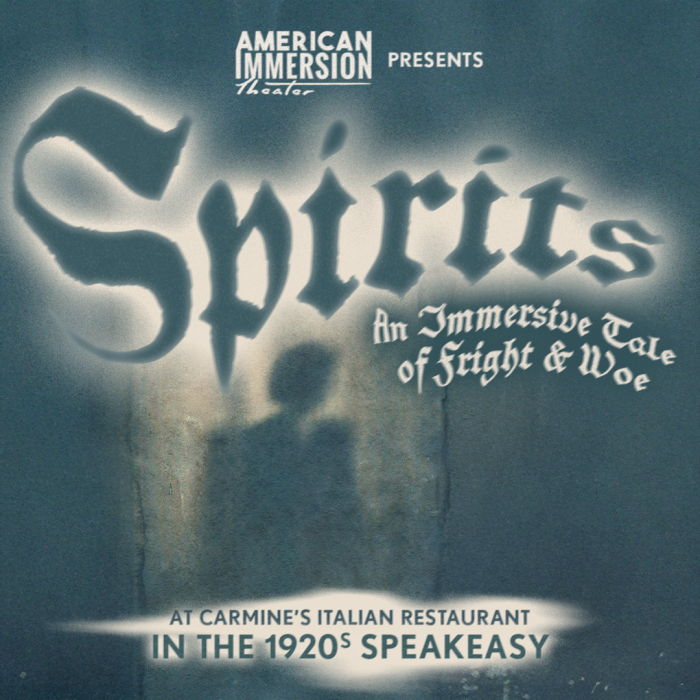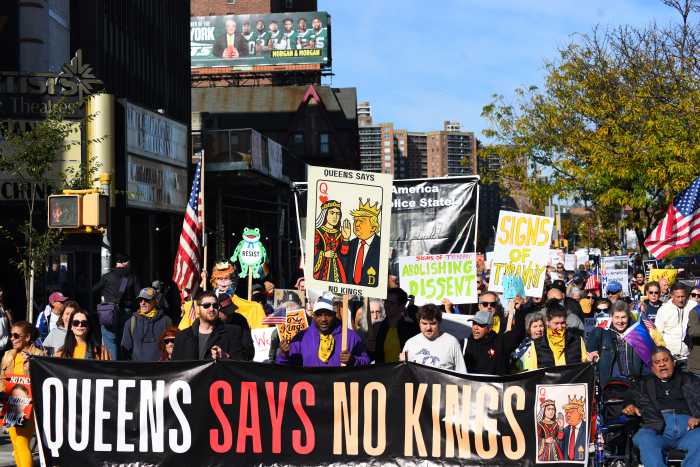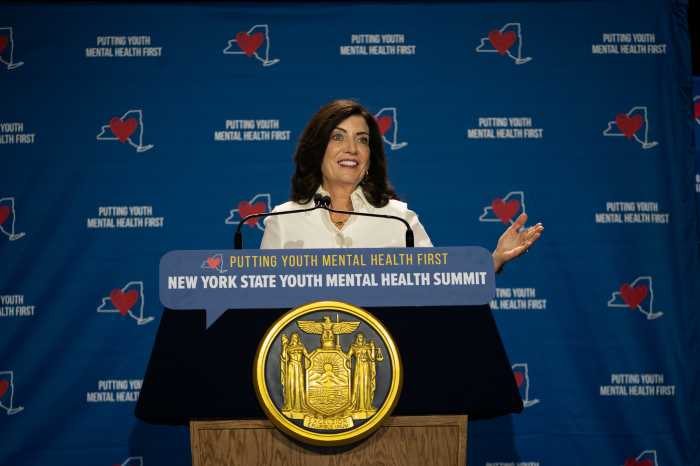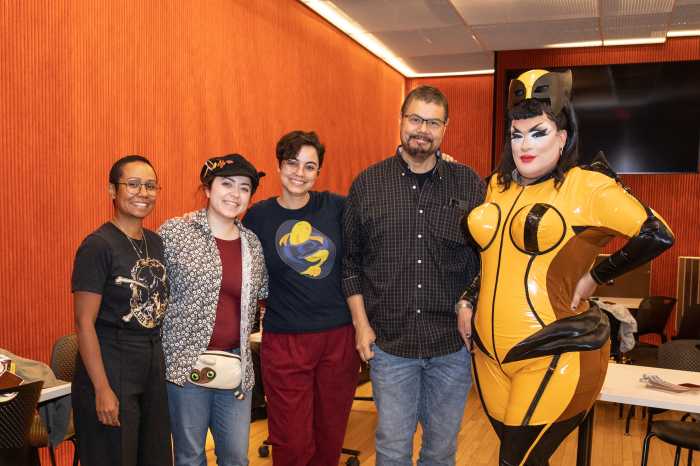BY ZACH WILLIAMS | Drivers on the main arteries of Lower Manhattan are on notice, as community leaders announced their support of increased ticketing for those who speed or fail to yield to pedestrians.
Cracking down on such behavior was a main theme at a public forum on February 25 at John Jay School of Criminal Justice. About 100 people attended the town hall, hosted by state Senator Brad Hoylman, who sought to focus discussion on Vision Zero. The initiative was unveiled February 18 by Mayor de Blasio, with the stated goal of eliminating traffic-related fatalities citywide by 2024. Efforts at the state level, meanwhile, could determine the degree to which the city can control progress toward that goal.
Hoylman announced legislation at the onset of the meeting that would establish “home rule” on reducing the default citywide speed limit to 25 miles per hour, as well as increasing the use of traffic cameras to catch traffic violations. Such matters are currently decided at the state level.
“New York City should not have to go to Albany like a precocious child to change its traffic laws,” said Hoylman, whose district spans from Hudson Square and the East Village to the West 70s.
There was also an emphasis on community outreach at the meeting, which included officials representing the West Village, where plans to establish a “slow zone” next year have already received the green light. City Councilmember Corey Johnson, who represents the West Village and Chelsea, and formerly chaired Community Board 4 (CB4), said the local community boards are a vital resource on street safety.
“The community board has so much more knowledge and experience,” he said. “They’re hearing from constituents on a daily basis, they’re hearing from people in public sessions at their community board meetings.”
Making streets such as Lafayette and Hudson more accommodating to pedestrians and cyclists would be a high priority under the mayor’s plan, said Polly Trottenberg, the city’s new Department of Transportation commissioner. While 50 new improvements would be made each year to such thoroughfares, “creating a real political force on the ground” would be just as important as increasing lighting, reducing the speed limit and conducting the mass public education drive called for by the plan, she stressed.
“In the end, Vision Zero’s power is really going to be about our collective efforts,” she said.
Last year, 27,747 traffic-related accidents occurred in the New York Police Department’s Manhattan South, which covers the entire borough below 59th Street. Of that total, 1,723 involved injuries to pedestrians, according to department statistics.
Sergeant Amber Cafaro, who represented Manhattan South at the meeting, emphasized that there had been a recent two-week publicity blitz aimed at raising safety awareness among pedestrians and cyclists. While she spoke mainly of publicizing the issue, cracking down on careless strollers could be a future possibility.
“One thing we are going to be doing is focusing on jaywalking education,” she said, adding, “We’re not looking to necessarily hand out summonses.”
The police will also step up efforts to ticket drivers who speed, fail to yield to pedestrians and use cell phones while driving, she added.
But community activists who spoke at the meeting said the stress should be on reining in dangerous drivers. Combating speeding and safeguarding crosswalks is critical, according to Tom DeVito, the Manhattan organizer for Transportation Alternatives.
“People are dying on our streets on a nearly daily basis and we know it’s much more appropriate to be focusing on the actual threat,” he said. He said recent polling supports prosecution in pedestrian fatalities.
Christine Berthet, co-founder of Hell’s Kitchen Coalition for Pedestrian Safety, who also chairs CB4, echoed DeVito, calling for tougher enforcement.
“Forty-four percent of pedestrians who are injured or killed in Manhattan happen to be in the pedestrian crossing and at the green light, and these are the pedestrians I really care about,” she said.
Hoylman reiterated that Albany remains an obstacle to the city’s control over the fate of Vision Zero, and of the safety of its own streets.
“Those who have power, don’t want to give it up,” he said of legislative colleagues reluctant to surrender their authority over municipal traffic regulations.






































